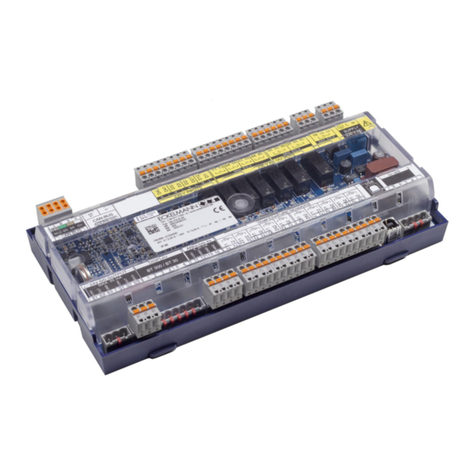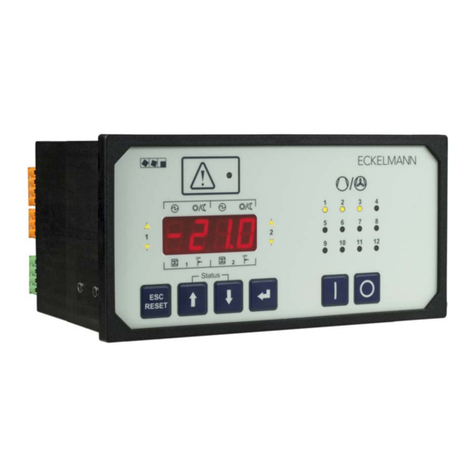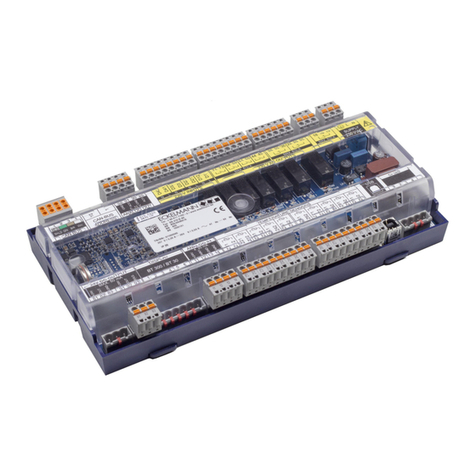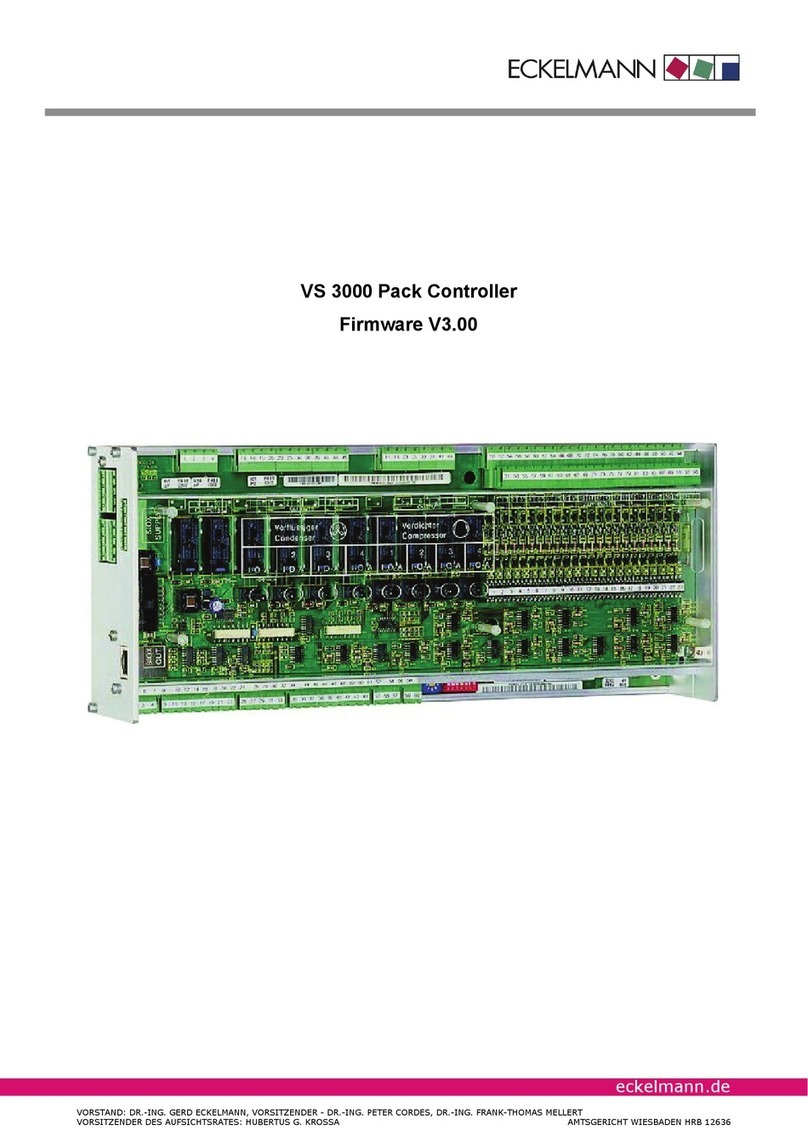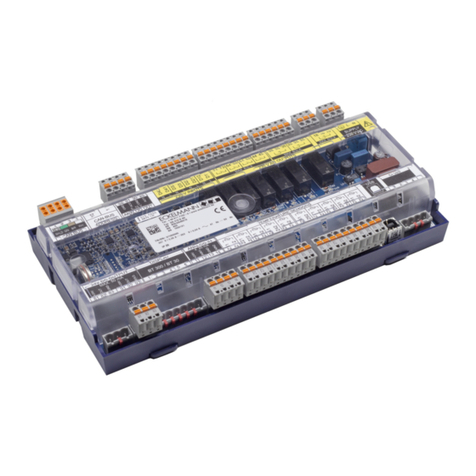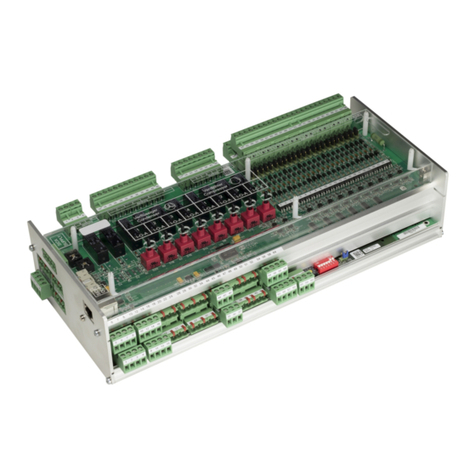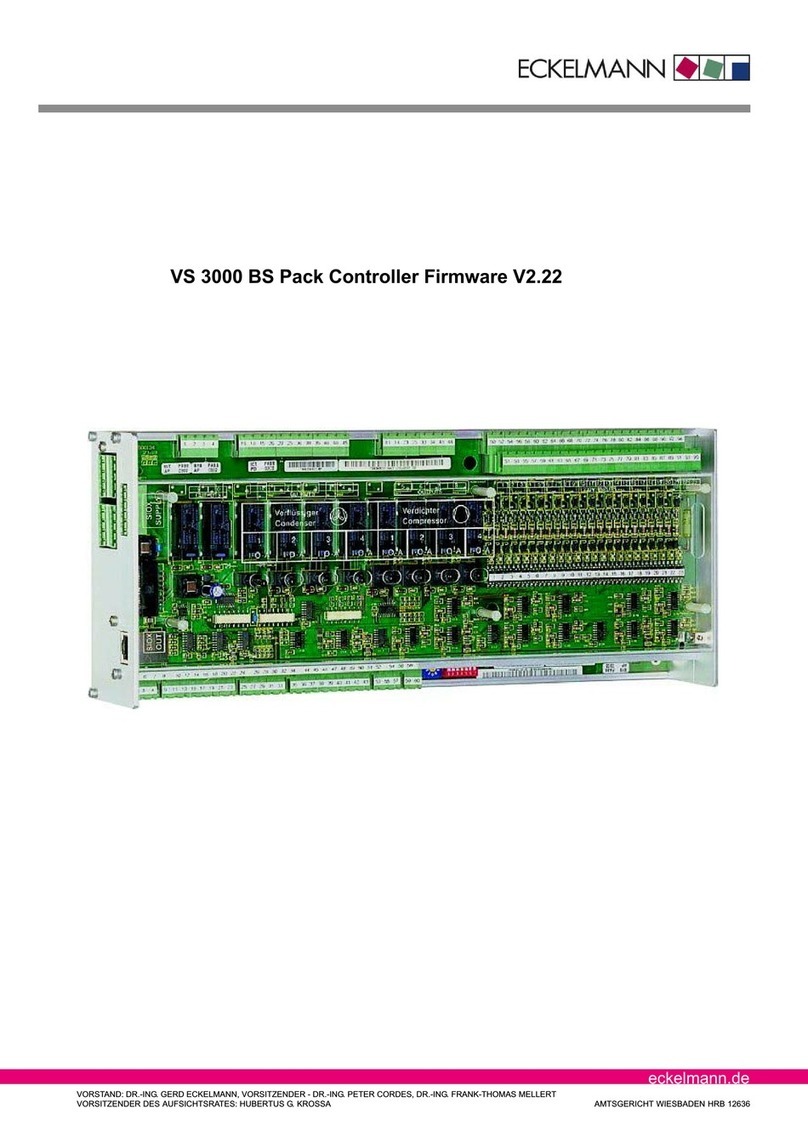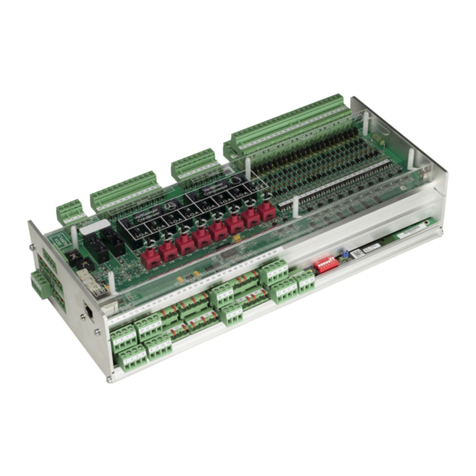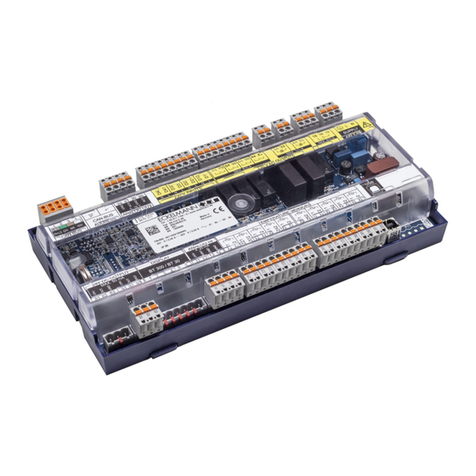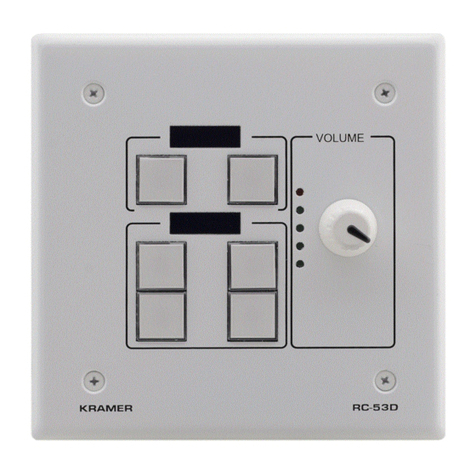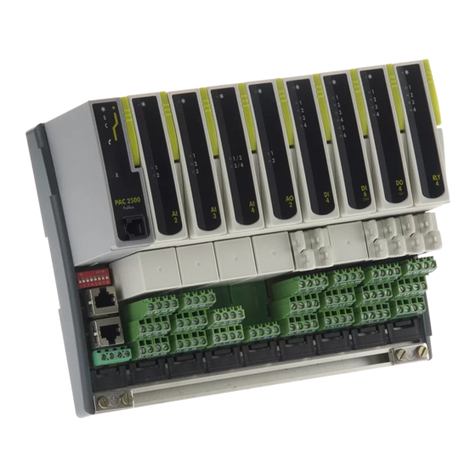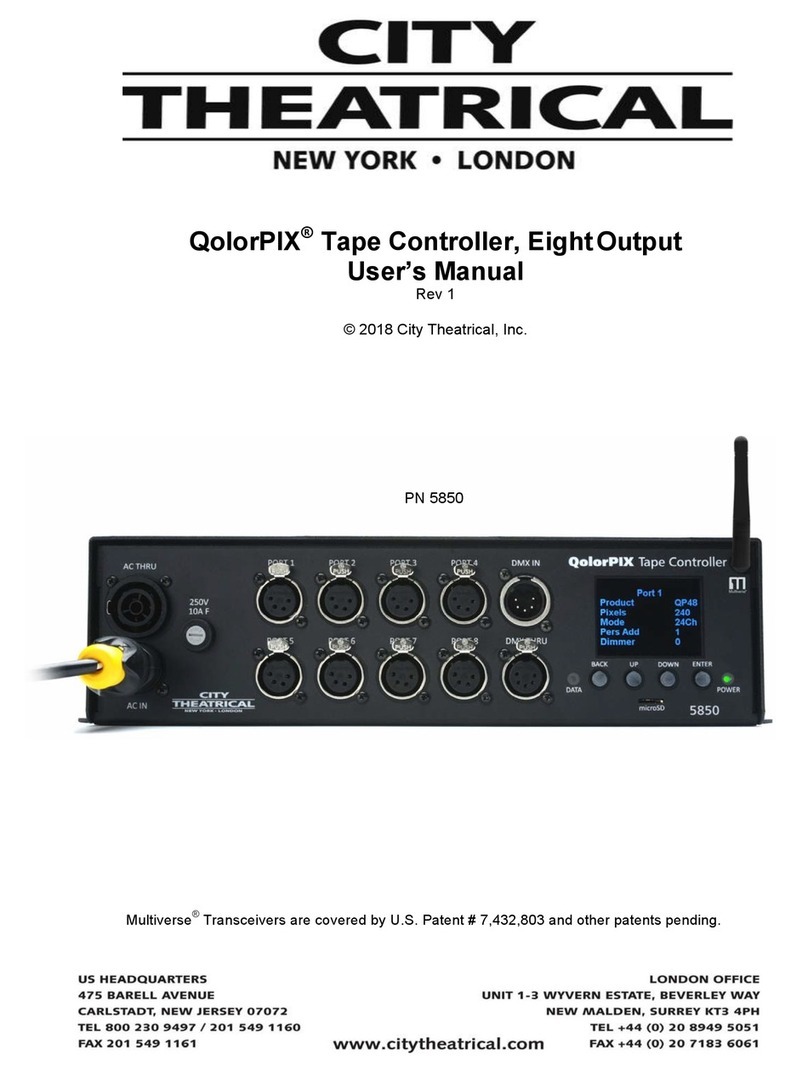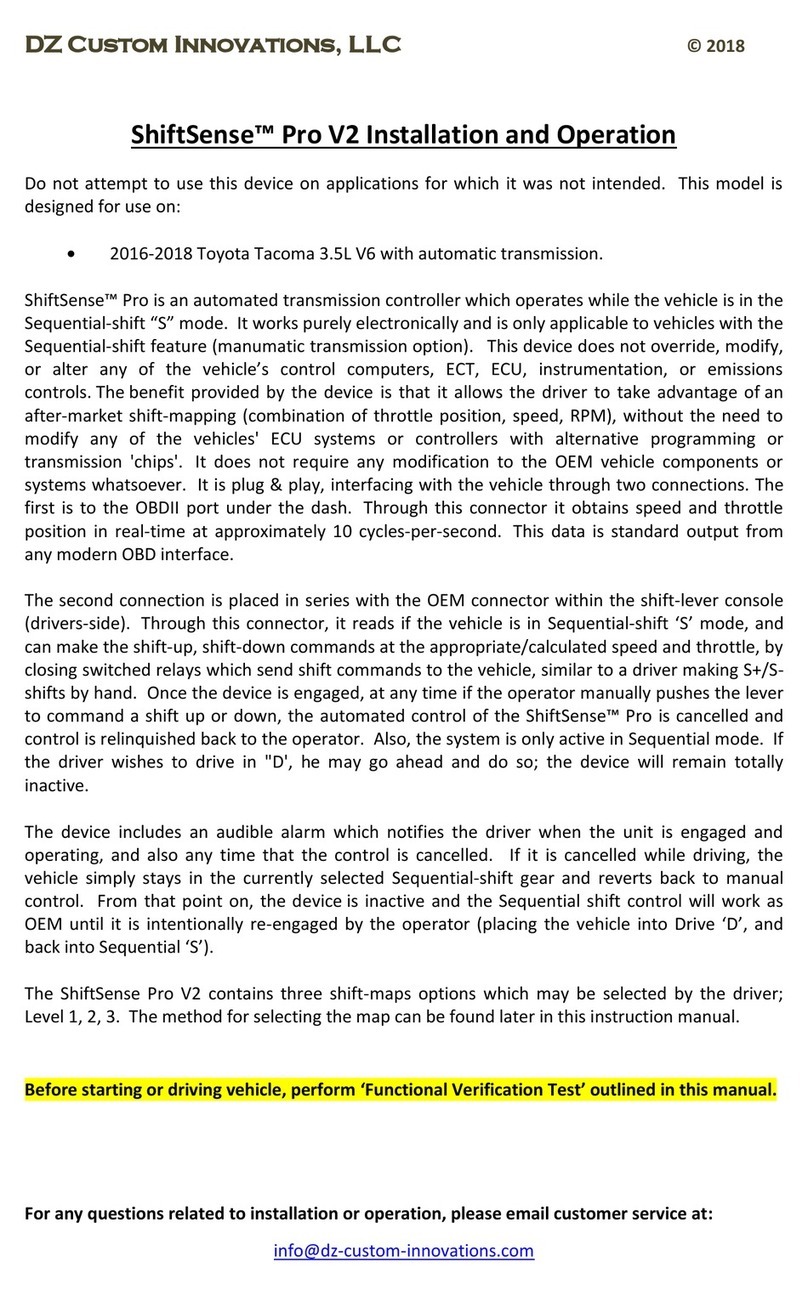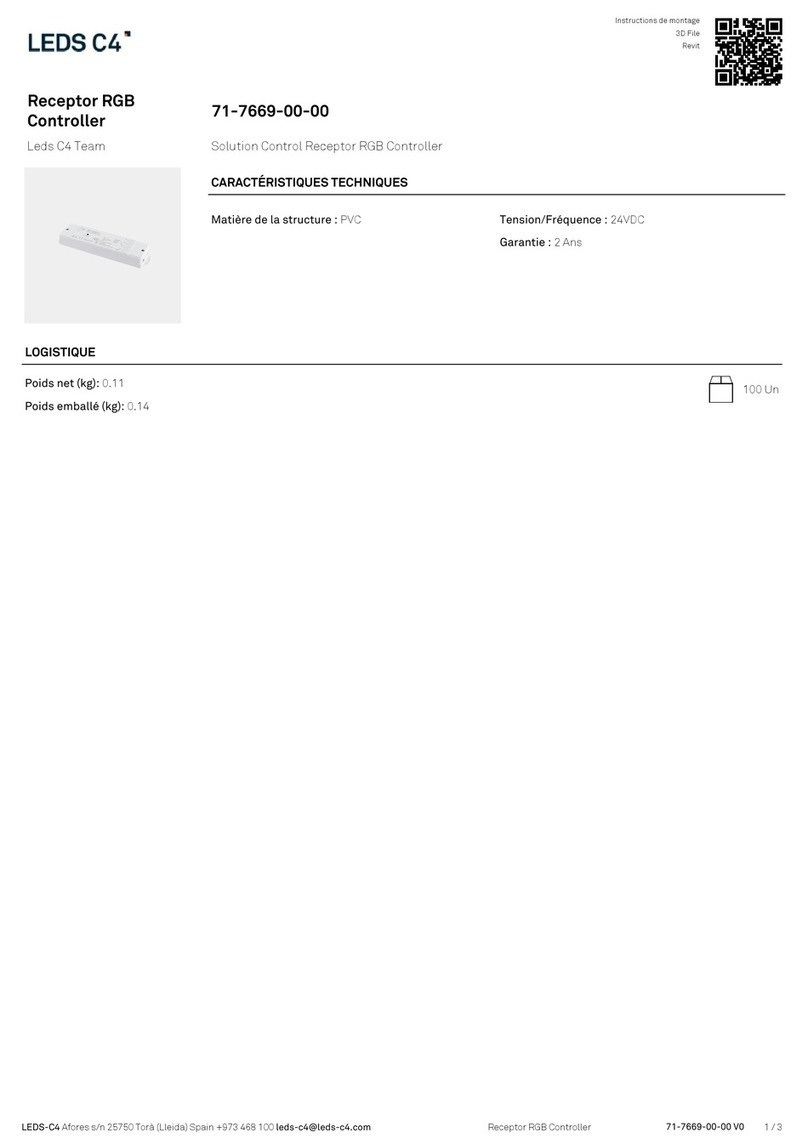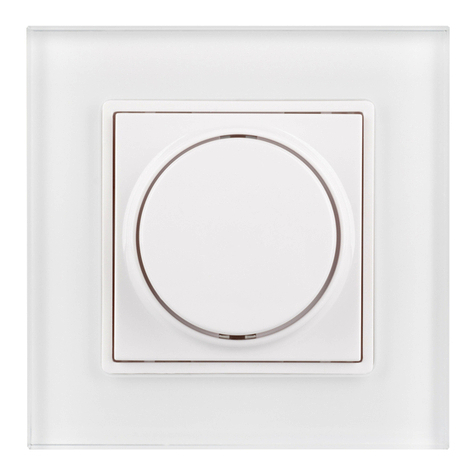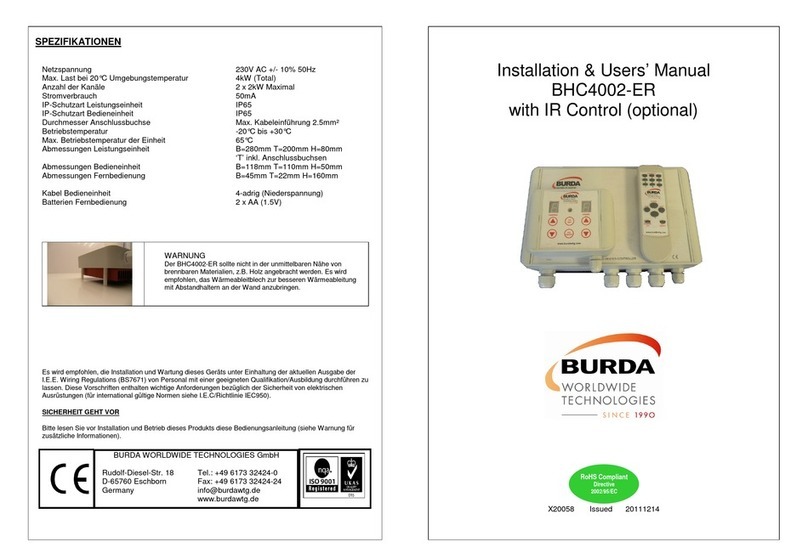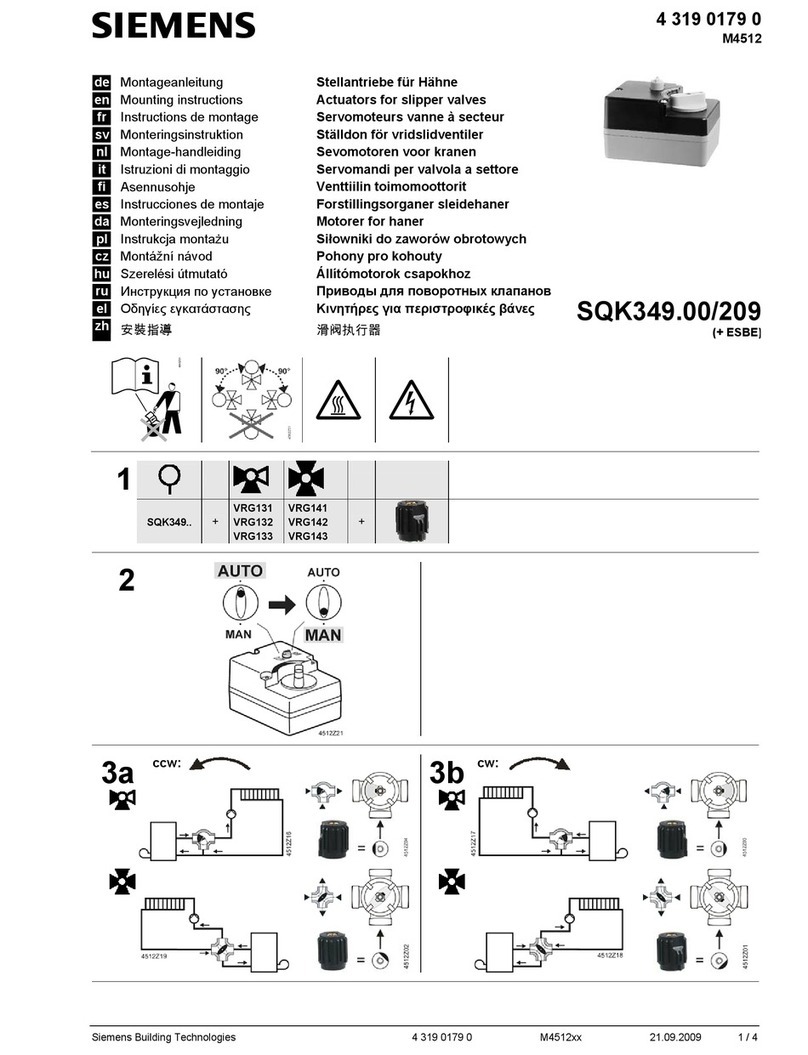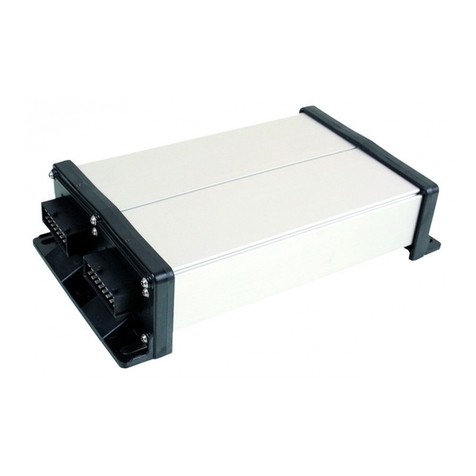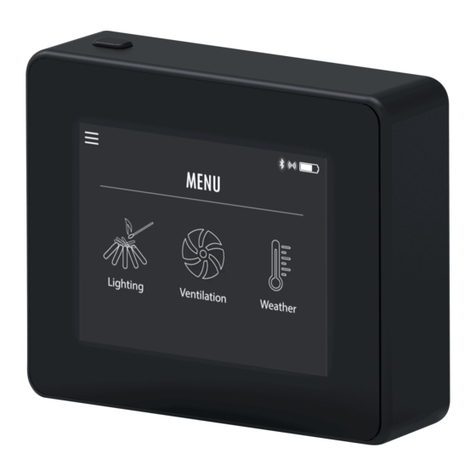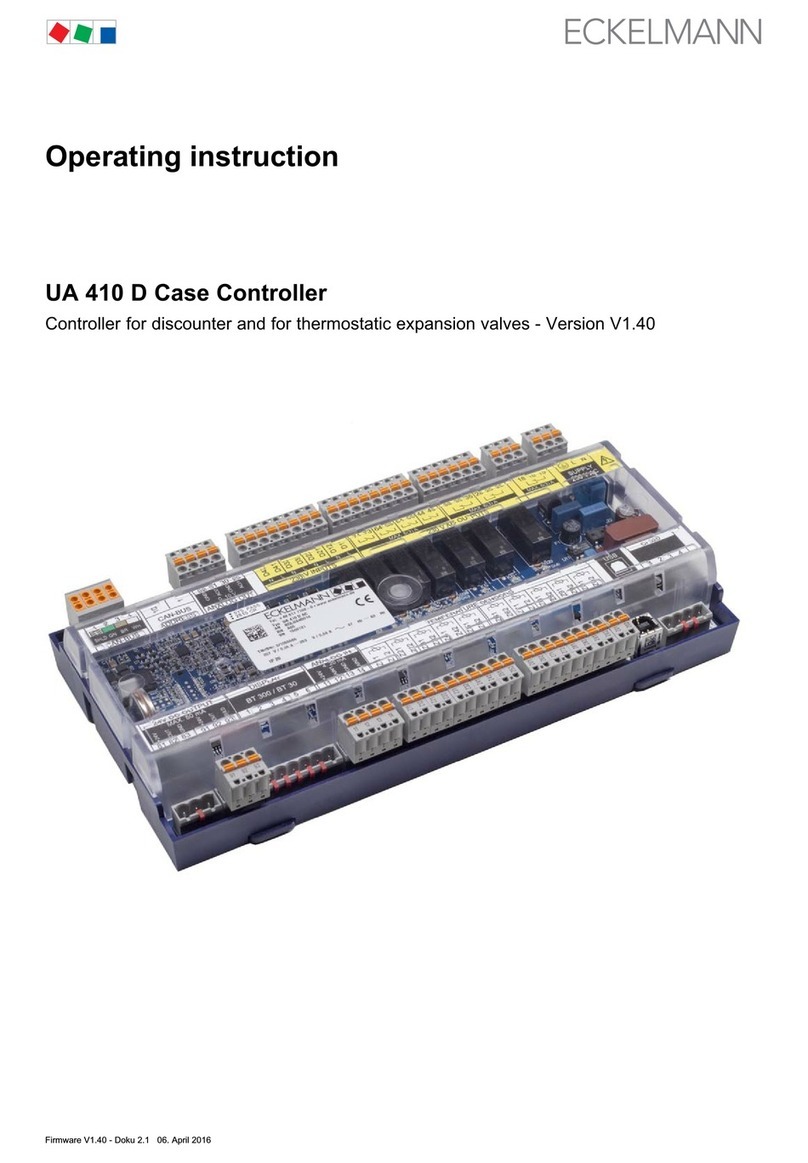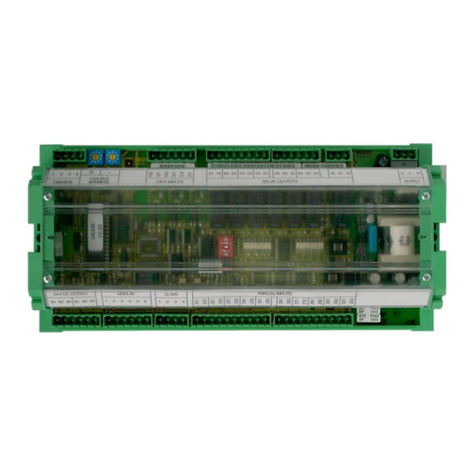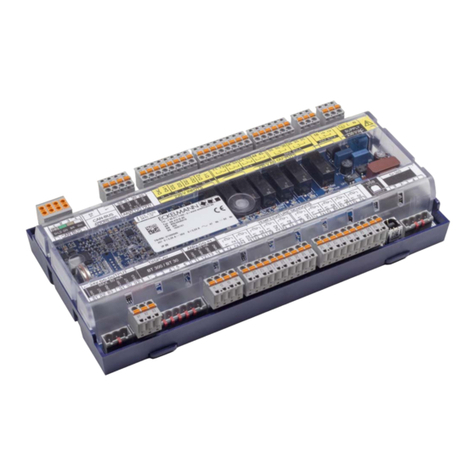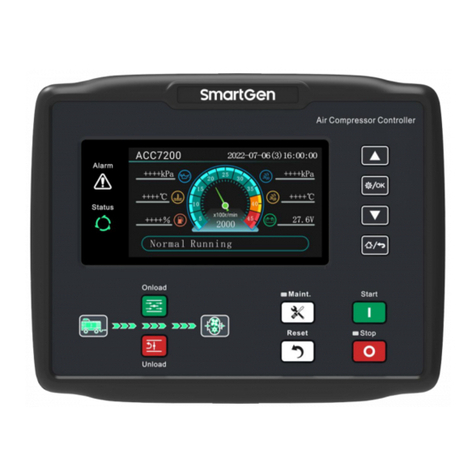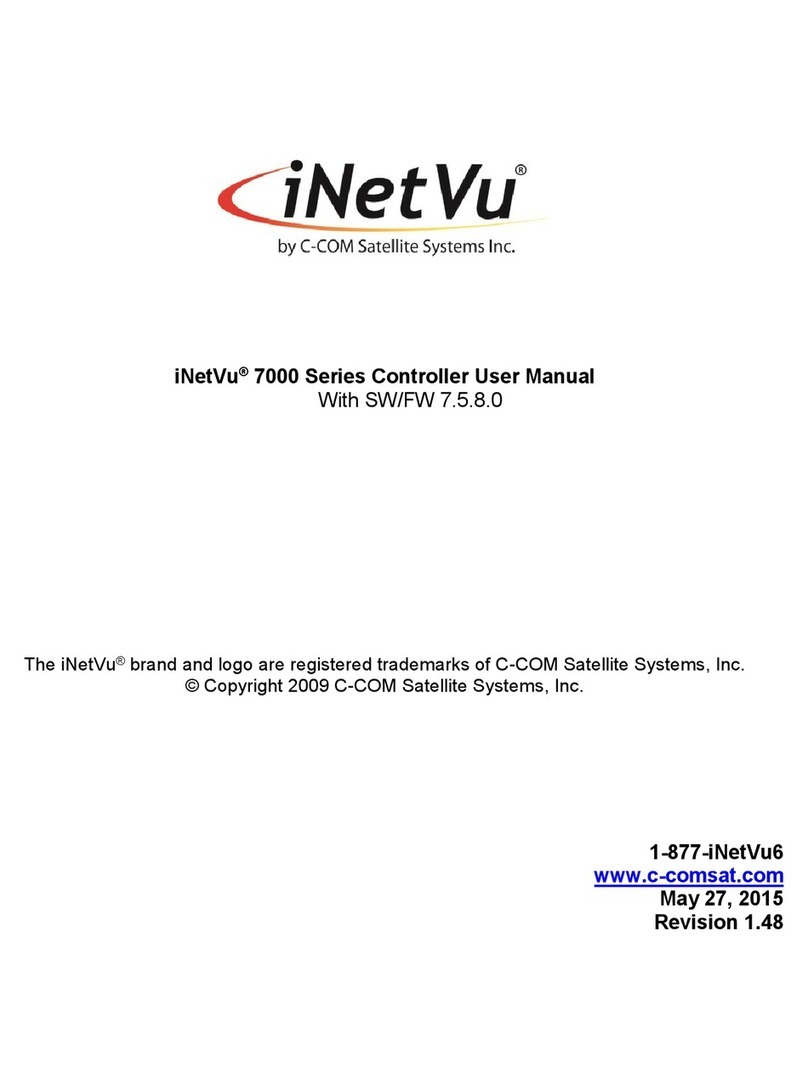
5.8.2 Control by a VS 3015 C and a separate pack controller ....................................................................... 58
5.9 LT compressor in booster operation................................................................................................. 60
5.10 Regulation of the minimum superheat using a hot gas bypass valve........................................... 62
5.11 Regulation of the maximum superheat using the suction gas injection valve ............................. 63
5.12 Monitoring............................................................................................................................................ 64
5.12.1 Safety chain........................................................................................................................................... 64
Monitoring of differential oil pressure switch / compressor high pressure limiter.................................. 65
Monitoring of the compressor motor overload cut-out........................................................................... 65
5.12.2 Cylinder head temperature monitoring.................................................................................................. 66
5.12.3 Low pressure monitoring ....................................................................................................................... 68
5.12.4 High pressure monitoring ...................................................................................................................... 68
5.12.5 Monitoring of the medium pressure....................................................................................................... 70
5.12.6 Monitoring of the medium pressure valve ............................................................................................. 70
5.12.7 Monitoring of the fan motor overload cut-out......................................................................................... 70
5.12.8 Monitoring of the fan speed controller................................................................................................... 71
5.12.9 Monitoring of the compressor speed controller ..................................................................................... 71
5.12.10 External alarm monitoring ..................................................................................................................... 73
5.12.11 Monitoring of the switching frequency................................................................................................... 74
5.12.12 Refrigerant monitoring........................................................................................................................... 75
5.12.13 Monitoring of the fast unload / External Off........................................................................................... 75
5.12.14 Rupture disk monitoring ........................................................................................................................ 75
5.13 Setpoint switching .............................................................................................................................. 76
5.14 Ambient data for the setpoint switching........................................................................................... 76
5.15 Consumer lockout............................................................................................................................... 76
5.16 Spray system control.......................................................................................................................... 77
5.17 COP monitoring ................................................................................................................................... 79
5.18 COP optimisation ................................................................................................................................ 80
5.19 Operating data and archiving............................................................................................................. 80
5.19.1 Operating hours of compressors and fans ............................................................................................ 80
5.19.2 Daily run times, switching pulses and switch-on rates .......................................................................... 80
5.20 Capacity-controlled compressors ..................................................................................................... 80
5.21 Oil balancing........................................................................................................................................ 82
6 Installation and start-up of VS 3015 C............................................................................................... 84
6.1 DIN rail mounting ................................................................................................................................ 84
6.2 Requirements for the activation of NT CO2 operation (transcritical) ............................................ 84
6.3 Basic hardware settings ..................................................................................................................... 85
6.3.1 SIOX extension module - for DIN rail mounting .................................................................................... 86
Connection of the SIOX modules to the pack controller ....................................................................... 87




















